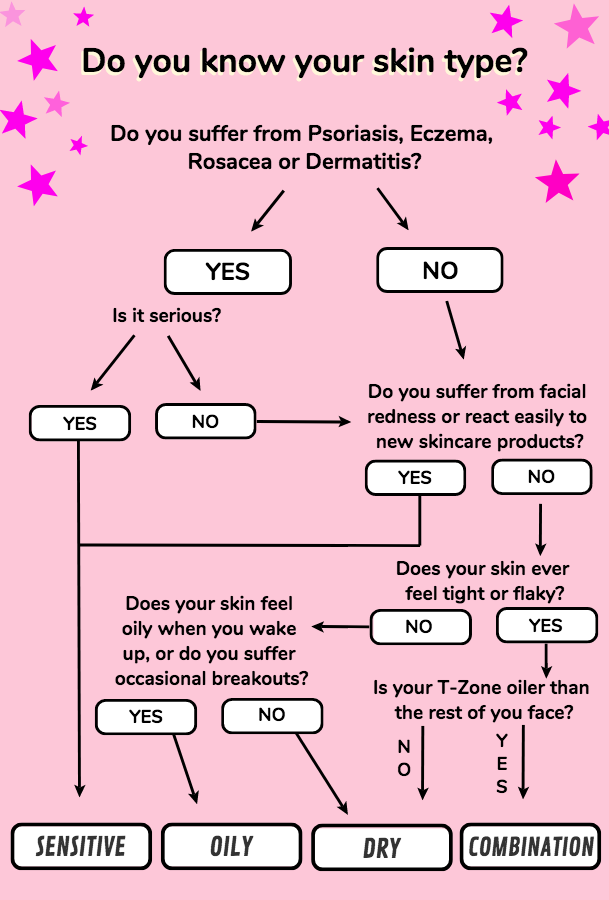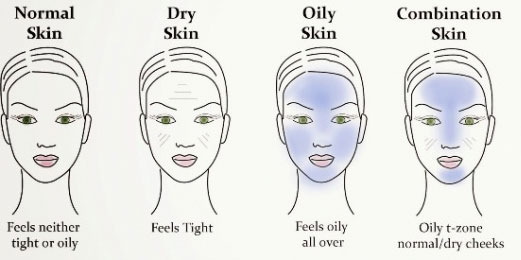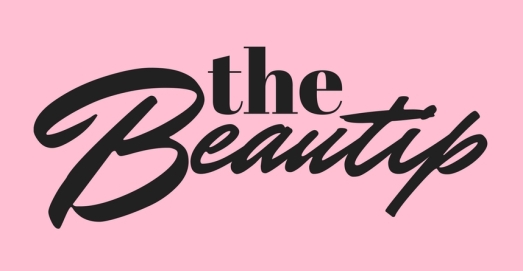
(Infograf by Tania)
Before getting into complex skincare methods, products or ingredients, it’s crucial to, first, identify what you’re working with. Getting to know your skin will maximise results and ultimately, save you money from buying beauty products that don’t work well on your skin. If you are new to the skincare game, there are 4 main skin types you could fall into; normal, combination, oily & dry. So, which are you?
You don’t necessarily live with the same skin type all your life, although that is the deal with many people, but your skin changes due to several factors. Some being weather change, your medication, stress levels, age or hormonal change (pregnancy & menopause). So you may identify with more than one category, but essentially, you’d want to go with your current & most often experienced skin concerns.

If you have: Normal Skin
God bless your soul, you’re the centre of everyone’s envy. Having normal skin means you have well-balanced skin caused by either genetics or great care. You would feel neither too oily or too dry, it’s just right. Your pores are usually invisible and you rarely suffer from flakiness or an oily t-zone. You rarely get breakouts, with an exception of a few spread across the year – nothing uniformed. Most products also don’t bother your skin, with minimal irritations or product reaction. Basically you’ve been blessed by skin Gods.
If you have: Dry Skin
Having dry skin might seem God-sent to those on the oilier end, but it’s really not all rainbows and butterflies. Although you might not experience acne breakouts as often, you’d regularly suffer from flaky and irritated skin. Your skin feels tight, especially after your cleansing routine, and you feel uncomfortable whenever you’re in an enclosed, air-conditioned environment. Some factors that cause dry skin include genetics, climate, hormonal changes or even diet. The next time you think of going on a fat-free diet, remember that the deficiency of Essential Fatty Acids (EFA) can cause serious dryness caused by the imbalance in your prostaglandins.
If you have: Combination Skin
What’s up, fam? We’re on the same boat. Combination Skin is a mix of having both an oily and a dry face. How fun. The reason? Your sebaceous glands (microscopic glands that are in-charge of excreting sebum) are not the best of friends and want to do their own things, so one excretes more and the other stays shy & quiet. The areas that are often oilier is around the t-zone (your forehead, down your nose bridge to your chin, making a T shape across your face), and drier around your cheeks. Oh, and your pores are probably the size of Texas, which makes acne production ideal.
If you have: Oily Skin
Our sisters in battle, we feel you. Oily skin is similar to having combination skin, but even your cheek area feels like an oil slick. Pores on those with oily skin are enlarged and very visible, which are favourable conditions for breakout galore. Unlike the combination skin gang, your sebaceous glands are workaholic best friends. There are some factors that causes a shift to oilier skin, and a big one is stress. When one feels stressed, the body produces cortisol (stress hormones) and this can be seen not only on your face, but on your body & hair as well. Feeling stressed messes with the skin’s natural barrier functions, which eventually leads to water loss. The skin’s instinctive respond to that would be to produce more sebum to compensate the loss in moisture. Though it’s inevitable to feel a bit stressed out once in a while, it’s good to identify unnecessary stress & take measures to rid them off your life. Like stop doing your assignments a day before it’s due. Hah.
So there you have it, the 4 main skin types that you might identify with. Of course, there are more than just these four types because human beings are such complex species, but I’ll save you the confusion for another day.
I’ll have to say it again, it’s really important to know which one you are in order for skincare to maximise its benefits. If you are still confused with which category you fall in, I’d recommend going to any skincare company counter and having it properly diagnosed (Kiehl’s & Dr. Murad do free, but very thorough, consultations for these). If you’re still skeptical, then you can go to a dermatologist to figure that out – Warning: They’re pricey for even just a consultation.
Video by Wishtrend TV

One thought on “What Is Your Skin Type”